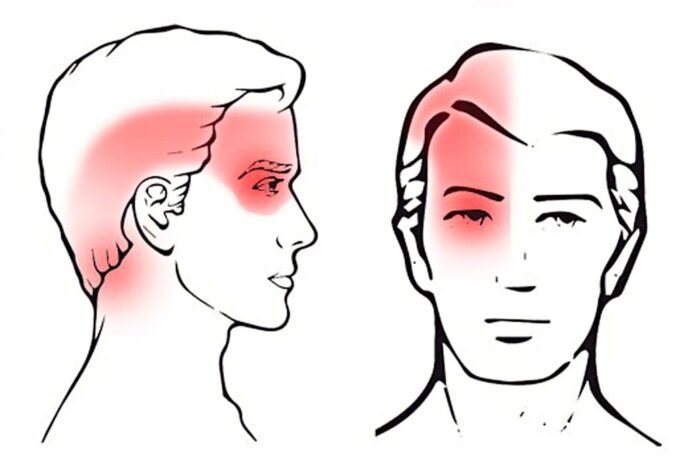Many people are well-acquainted with the debilitating effects of two of the most common types headaches: migraine and tension. Another type of headache people are less familiar with is cervicogenic headache, which occurs when the pain arises from the neck. If you’ve been experiencing headaches that don’t seem to fit with the classic signs of migraine headaches or tension headaches, it might be a cervicogenic headache. Here’s what you should know about them.
What Is a Cervicogenic Headache?
The term cervicogenic is derived from two parts:
- cervico– which refers to the neck region or cervical spine
- genic– meaning originating from or caused by
Unlike other types of headaches, cervicogenic headaches are secondary, meaning they are caused by underlying neck issues rather than being a primary headache disorder originating from the brain or vascular system, like migraines or tension headaches. Tension headaches typically involve a tight, pressing pain across the forehead or back of the head. Migraines are unusually characterized by pulsating pain on one side of the head and are often accompanied by nausea, sensitivity to light, or visual disturbance.
What Are the Symptoms of a Cervicogenic Headache?
Cervicogenic headaches come from structural issues in the neck, including problems with:
- Cervical vertebrae
- Discs
- Soft tissues
The primary symptom of a cervicogenic headache is a pain that begins in the back of the head and neck and then spreads to the head, typically affecting the forehead, temple, or area around the eyes on one side.
This type of headache is often triggered by neck movement or sustained awkward head positions that strain neck muscles and joints. It may also be accompanied by:
- Stiffness or reduced mobility in the neck
- Shoulder pain on the same side as the headache
- Arm pain
- Pain on one side of the head or face
- Pain that worsens with specific neck movements or positions
What Causes Cervicogenic Headaches?
This type of headache is typically caused by conditions such as:
- Neck injuries or whiplash
- Inflammation
- Cervical spine weakness
- Poor posture while sitting, standing, or walking
- Neck and upper back muscle tightness
- Wear and tear to the joints of your neck, including disc degeneration
- Osteoarthritis
How Are Cervicogenic Headaches Diagnosed?
Diagnosing cervicogenic headache can be challenging due to the similarity of its symptoms to other headache types. A thorough headache history and physical examination can determine the type you may be experiencing.
Your doctor may choose to use one of the following types of diagnostic imaging:
How Are Cervicogenic Headaches Treated?
The treatment for cervicogenic headache aims to address the underlying neck condition causing the headache. A multi-faceted approach is often the most effective, including:
Lifestyle adjustments: Ergonomic modifications at work, posture improvement, and regular exercise can help alleviate symptoms and prevent recurrence.
Physical therapy: Techniques such as neck exercises, posture correction, and manual therapy can improve neck function and reduce headache frequency and intensity.
Medication: Pain relievers, muscle relaxants, or anti-inflammatory drugs may be prescribed to manage discomfort and inflammation.
Interventional Treatments: When conservative treatments have failed to provide relief, procedures like nerve blocks, radiofrequency ablation, or spinal injections may be considered.
Tips for Cervicogenic Headache Prevention
Preventing cervicogenic headaches involves addressing the risk factors and underlying conditions that can lead to developing this headache type. Some ways to avoid cervicogenic pain include:
- Maintaining good posture, especially when sitting for prolonged periods
- Engaging in regular neck-strengthening exercises
- Seeking early treatment for any neck injuries
Find the Right Support
Making changes to better care for your neck and spine will make all the difference when it comes to headaches like these. If you suspect that your headaches may be cervicogenic, it’s time to meet with one of our specialists.
Don’t suffer any longer with ongoing headaches—get the support and relief you need and schedule an appointment today!


